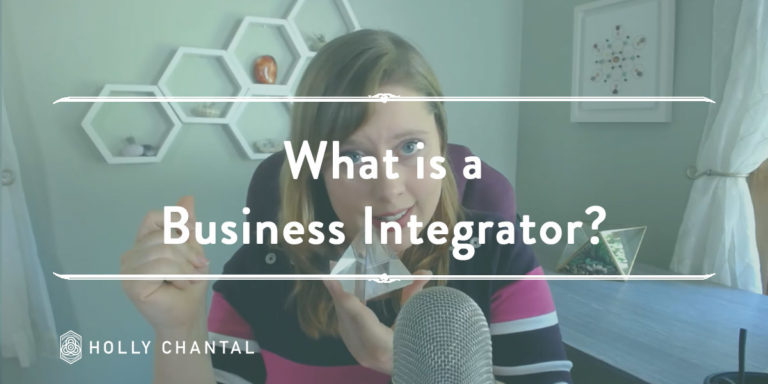
Create Leveraged Programs That Deliver More Value Than Your One to One
There comes a point where if you want to grow your business then the amount of personal attention you give your clients can’t be your main differentiator. Many coaches and private practitioners are afraid that if they begin to step away from done-for-you and/or high touch offerings that their clients






